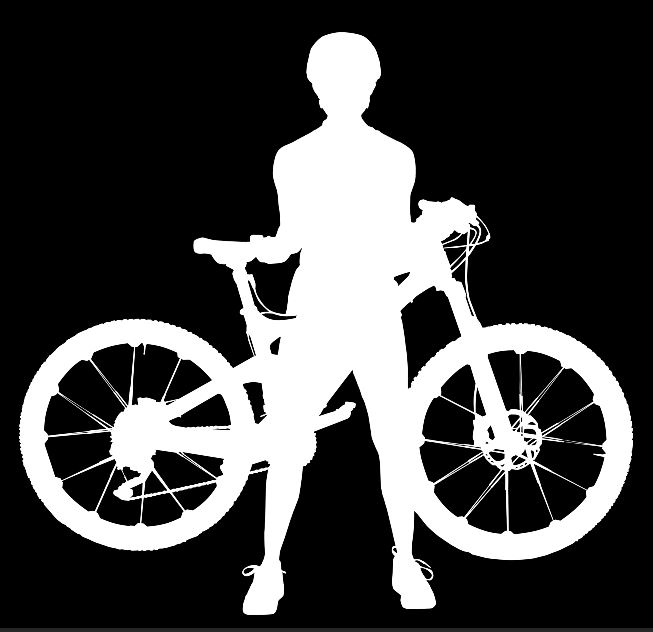When I first started photography I wasn't good...and I think that's the case with a lot of people. However, there were a few things that really launched me in a different direction and I wanted to share those with you.
1. Shoot in RAW
If you're just getting started in photography you probably don't even know what I'm talking about, and no, it's not a vegan diet. RAW is a file format that your camera puts out instead of a JPEG. You can usually do both, but I would recommend getting used to just shooting RAW. If you aren't shooting in RAW now I would encourage you to learn not only what it is, but also how to work with them. In a nutshell RAW images contain a MASSIVE amount of information that JPEGS throw away, and it enables you to make larger changes later on.
I remember when my good friend Zak took me out to shoot about 7 years ago and he asked me if I shot in RAW, I looked at him like he was speaking a different language. It was on that day that I switched over and then learned what the heck he was talking about, it was the beginning of the journey for me.
2. Start Learning Lighting
It all started with a reflector. I think it was about 6 years or so ago that I bought my first reflector, and I was blown away! I thought most certainly that my images would be on the cover of Vogue any day (not even close!). Once I started getting more serious I bought an off-camera flash and have now used most lights on the market, from Profoto to Elinchrom and Broncolor to Alien Bees. I think lighting and use of lighting is one of the main things that separates the pro's from the amateurs. So start with a reflector, learn how to use it, and then the skies the limit!
3. Learn How to Edit Your Images
I use Photoshop, a lot. In fact I have even retouched for massive companies like Ariat, Tazo, Coca-Cola and more because I like it so much. Obviously you don't need to become a retoucher to edit your own photos, but I think a lot of people skip this step because cameras are digital now. If you are thinking about becoming a professional photographer you need to at least know the basics of editing photos, just like you would need to have known the basics of how to use a dark room back in the day.
If you're looking at all these things and feeling a little overwhelmed, there are lots of great resources to get you started. Places like Lynda.com, Phlearn.com, and Kelbyone.com are just a few that I've seen that offer great tutorials on everything from using your camera, lighting and handling files. I learned most of the foundations from Lynda.com, then I mixed that with school, a lot of terrible photos, books, and internships, that is how I became what I am today.
Finally I wanted to say this; when you're new it's ok to suck, but in order to grow past that you'll need to invest time to keep growing...then one day it will all click, and you'll get it! So check out this video for inspiration and then go be awesome!




